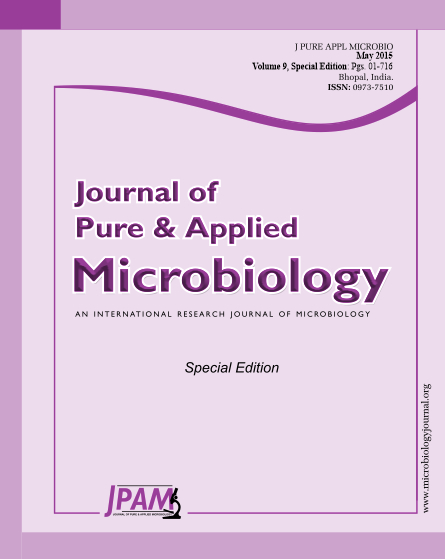Staphylococci are incriminated in many of biofilm-related infections and considered main causes of hospital-acquired infections. The present study was conducted to evaluate biofilm-forming capacity and the presence of both icaA and icaD genes among Staphylococcal strains isolated from patients attending different Egyptian Hospitals. 250 Staphylococcal strains were isolated from 520 different clinical samples collected. Out of the 250 Staphylococcal strains, 160 were coagulase-positive staphylococci (CPS) and 90 were coagulase-negative staphylococci (CNS). All strains were studied for biofilm production using Standard Tube (ST) method, Congo Red Agar (CRA) method, and Tissue Culture Plate (TCP) method. Staphylococcal strains isolated from sputum and urine samples were more able to produce biofilms than strains isolated from other samples. Both CPS and CNS produced biofilm by the three mentioned methods in different percentages. CRA method revealed that 82.5% (132/160) of CPS strains were biofilm producers while by using ST method, the results were 64.3% (103/160). For CNS, the percentages were 71.1% (64/90) and 55.5% (50/90) using CRA and ST respectively. Screening by TCP revealed that 85% (136/160) of CPS strains and 84% (76/90) of CNS were biofilm producers. Effect of some physiological solutions on biofilm production was studied. Addition of 1% glucose increased biofilm formation while addition 4% NaCl decreased biofilm formation for both CPS and CNS. Different pH levels greatly affected biofilm production. pH 7.2 was the optimum for biofilm production. Presence of bap (biofilm-associated protein) was studied using poly acrylamide gel electrophoresis. The genes responsible for biofilm formation are icaA and icaD and could be detected by PCR technique. Detection of icaA and icaD genes agreed with TCP results. TCP method was found to be highly sensitive, accurate and has the advantage of being a quantitative model and can be used to study the adherence degree of staphylococci on biomedical devices. The results of TCP agree with the results of PCR. As a conclusion: The ability of Staphylococcal isolates to form biofilm in vitro appears to be an indication of a virulence trait that enhances the ability of isolates to cause infections. In addition, the results prove the role of ica genes and phenotypic variability of biofilm production as virulence factors in Staphylococcal infections.
Staphylococci, biofilm infections, genes
© The Author(s) 2015. Open Access. This article is distributed under the terms of the Creative Commons Attribution 4.0 International License which permits unrestricted use, sharing, distribution, and reproduction in any medium, provided you give appropriate credit to the original author(s) and the source, provide a link to the Creative Commons license, and indicate if changes were made.


